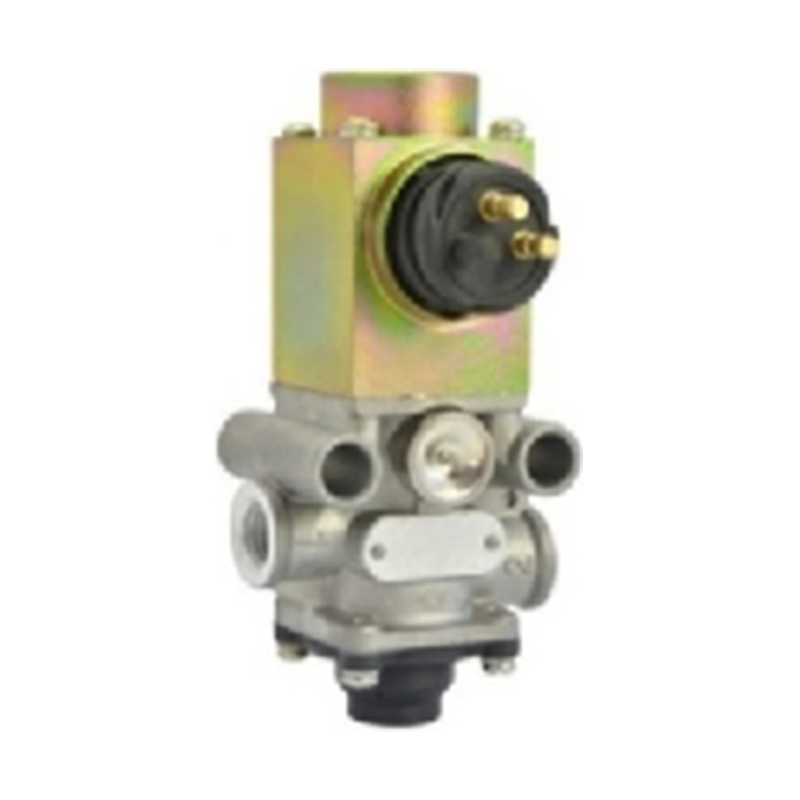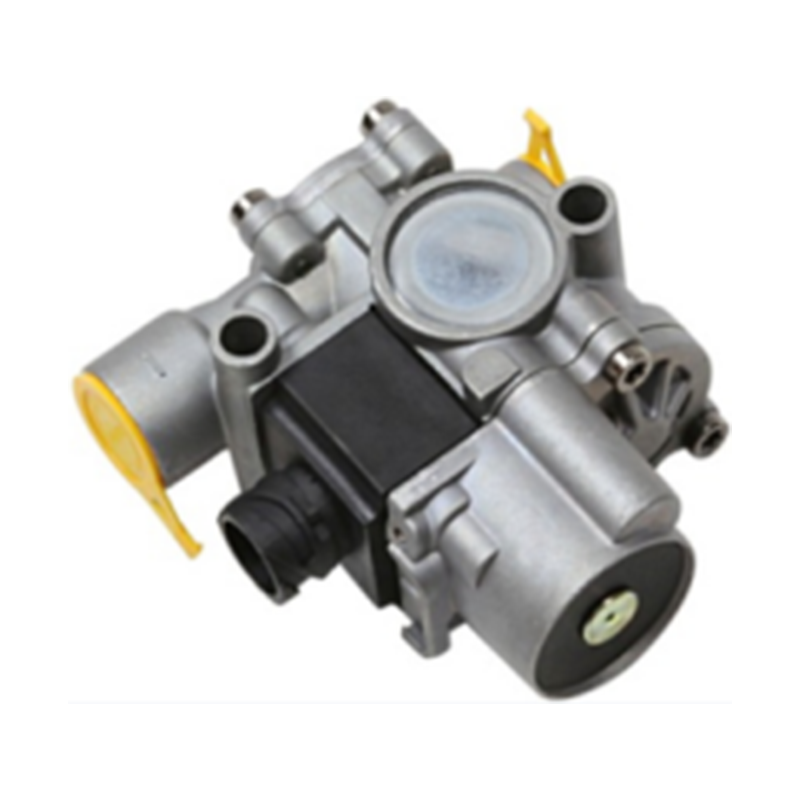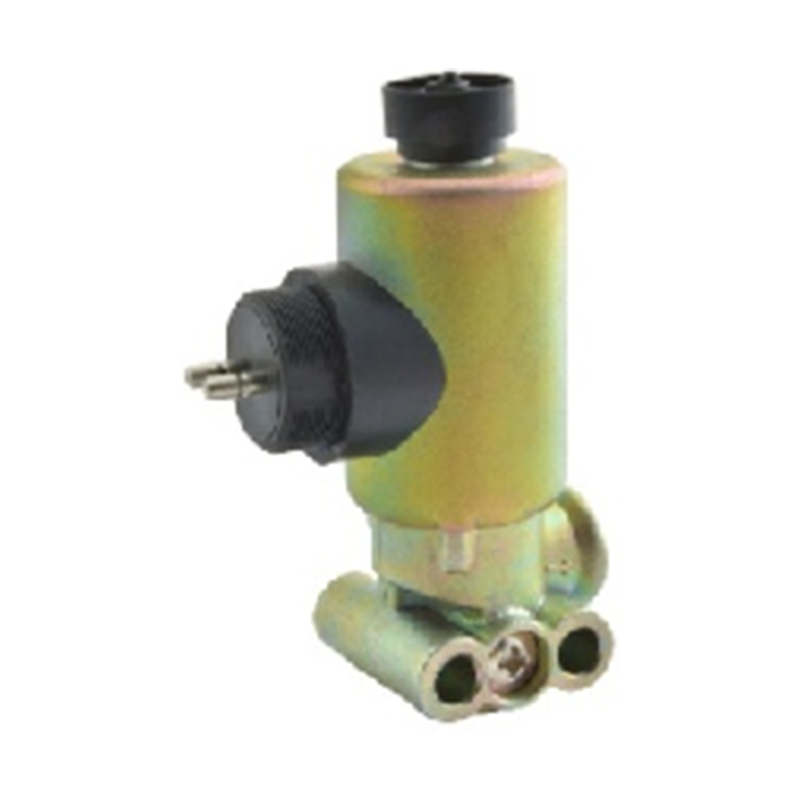
Solenoid valve problems in SCANIA vehicles can affect your truck’s performance. You can solve many issues by following clear repair steps. Early action helps you avoid more damage. If you notice changes in how your vehicle runs, check the solenoid valve for faults right away.
Key Takeaways
- Watch for warning lights, unusual noises, and performance drops to spot solenoid valve problems early and avoid bigger repairs.
- Follow safety steps and use the right tools to test power, inspect parts, and clean or replace faulty solenoid valve components.
- Keep a regular maintenance schedule, clean electrical connections, and monitor your vehicle to ensure the solenoid valve works reliably.
Common Solenoid Valve Symptoms in SCANIA Vehicles

When you drive a SCANIA vehicle, you need to watch for signs that your solenoid valve may have a problem. Early detection helps you avoid bigger issues later. Here are the most common symptoms you might notice:
Warning Lights and Error Codes
Your dashboard can give you the first clue.
- You may see a warning light turn on, such as the engine or system alert.
- The onboard computer might display error codes related to the solenoid valve.
- These codes often point to electrical or mechanical faults.
Tip: Use a diagnostic scanner to read error codes. This tool helps you find the exact problem area quickly.
Unusual Noises or Operation Issues
Strange sounds can signal trouble.
- You might hear clicking, buzzing, or humming from the valve area.
- Sometimes, the valve may not open or close as it should.
- Delayed or jerky operation can also mean the solenoid valve needs attention.
If you notice these noises, check the valve right away to prevent further damage.
Performance Problems Affecting Vehicle Systems
A faulty solenoid valve can affect how your truck runs.
- You may feel a drop in engine power.
- The vehicle might use more fuel than usual.
- Some systems, like air brakes or transmission, may not work smoothly.
Regular checks help you catch these problems early and keep your SCANIA vehicle running well.
Solenoid Valve Troubleshooting and Repair Steps

Safety Precautions and Required Tools
Before you start any repair, you must keep safety in mind. Turn off your SCANIA vehicle and remove the key from the ignition. Disconnect the battery to prevent electric shock. Wear gloves and safety glasses to protect your hands and eyes.
You need the right tools for this job. Here is a list to help you get ready:
- Screwdrivers (flathead and Phillips)
- Multimeter
- Wrenches and sockets
- Clean cloths
- Replacement parts (such as a new solenoid valve if needed)
- Electrical contact cleaner
Tip: Keep your workspace clean and organized. This helps you avoid losing small parts.
Verifying Power Supply to the Solenoid Valve
You must check if the solenoid valve receives power. Use a multimeter to test the voltage at the solenoid’s connector. Set the multimeter to DC voltage. Place the probes on the connector terminals.
- If you see the correct voltage (usually 24V for SCANIA trucks), the power supply works.
- If you do not see voltage, check the fuse and relay for the solenoid circuit.
If you find no power, fix the wiring or replace the fuse before moving to the next step.
Inspecting the Solenoid Coil for Damage
The solenoid coil creates the magnetic field that moves the valve. Look for signs of damage, such as burnt spots or melted plastic. You can also use the multimeter to check the coil’s resistance.
- Remove the coil from the valve.
- Set the multimeter to measure resistance (ohms).
- Place the probes on the coil terminals.
A healthy coil shows a steady resistance value. If the reading is zero or infinite, the coil is faulty and needs replacement.
Checking Wiring and Electrical Connections
Loose or corroded wires can stop the solenoid valve from working. Inspect all wires and connectors leading to the valve.
- Look for frayed wires, broken insulation, or greenish corrosion.
- Tighten any loose connections.
- Clean dirty contacts with electrical contact cleaner.
Good electrical connections help your solenoid valve work reliably.
Examining the Valve Body for Blockages or Wear
Dirt or debris can block the valve and stop it from moving. Remove the solenoid valve from its mounting point. Check the valve body for any signs of blockage or wear.
- Use a flashlight to look inside the valve.
- Feel for rough spots or sticky movement.
- Check for worn seals or gaskets.
If you find any blockages, clean them out. Replace worn parts as needed.
Cleaning or Replacing Faulty Solenoid Valve Parts
If you find dirt or damaged parts, you must clean or replace them. Use a clean cloth to wipe away dirt. For stubborn grime, use a safe cleaning solution.
- Replace the solenoid coil if it fails the resistance test.
- Install a new solenoid valve if the body or internal parts show heavy wear.
The FANGJIE Professional Factory Solenoid Valve 24V OEM 1934965 4721726200 fits SCANIA trucks and offers a reliable replacement option.
Reassembling and Testing the Solenoid Valve
After you finish repairs, put the solenoid valve back together. Reconnect all wires and secure the valve in its place. Reconnect the battery.
Start your SCANIA vehicle and test the system. Watch for warning lights and listen for normal operation. Use a diagnostic scanner to clear any error codes.
- If the valve works well, your repair is complete.
- If problems remain, repeat the troubleshooting steps.
Always test your repairs before returning the vehicle to service.
Preventive Maintenance for SCANIA Solenoid Valves
Regular Inspection Schedule
You should check your SCANIA solenoid valves on a regular basis. Set a reminder to inspect them every three months or after every 20,000 miles. Create a checklist to help you remember each step. Look for signs of wear, leaks, or loose fittings. If you spot any problems, address them right away.
Tip: Keeping a maintenance log helps you track each inspection and repair. This record makes it easier to spot patterns and prevent future issues.
Keeping Electrical Connections Clean
Clean electrical connections keep your solenoid valve working well. Dirt or corrosion can block the flow of electricity. Use a soft brush or electrical contact cleaner to remove grime from connectors. Make sure all wires fit tightly. If you see green or white buildup, clean it off before it spreads.
- Unplug connectors before cleaning.
- Dry all parts before plugging them back in.
A clean connection helps your truck run smoothly.
Monitoring for Early Warning Signs
Watch for early warning signs that may point to solenoid valve trouble. Listen for odd noises, such as clicking or buzzing. Check for warning lights on your dashboard. Notice if your truck feels sluggish or uses more fuel than normal. Early action can save you time and money.
| Early Warning Sign | What to Do |
|---|---|
| Unusual noises | Inspect the valve |
| Warning lights | Scan for error codes |
| Poor performance | Check connections |
Stay alert to changes in your vehicle’s behavior. Quick checks help you avoid bigger repairs.
You can fix your SCANIA truck with a clear repair plan. Regular checks help you spot problems early. Pay attention to warning signs. Keep your maintenance schedule up to date. This approach helps you avoid breakdowns and keeps your vehicle running strong.
FAQ
How often should you replace a solenoid valve in your SCANIA truck?
You should inspect your solenoid valve every 20,000 miles. Replace it if you see damage, heavy wear, or if it fails during testing.
What tools do you need to test a SCANIA solenoid valve?
- Multimeter
- Screwdrivers
- Wrenches
- Electrical contact cleaner
You can find these tools at most auto parts stores.
Can you use any solenoid valve for your SCANIA truck?
| Valve Type | Compatibility |
|---|---|
| OEM | ✅ Yes |
| Non-OEM | ❌ No |
Always choose an OEM part like the FANGJIE 24V solenoid valve for best results.
Post time: Jul-09-2025





